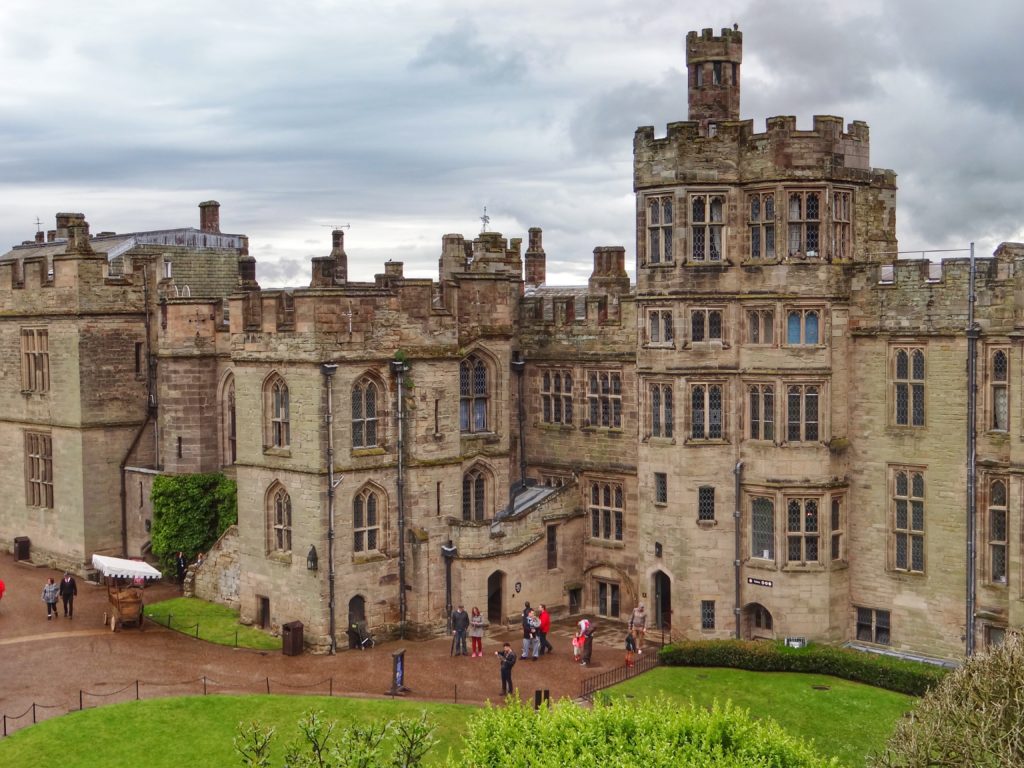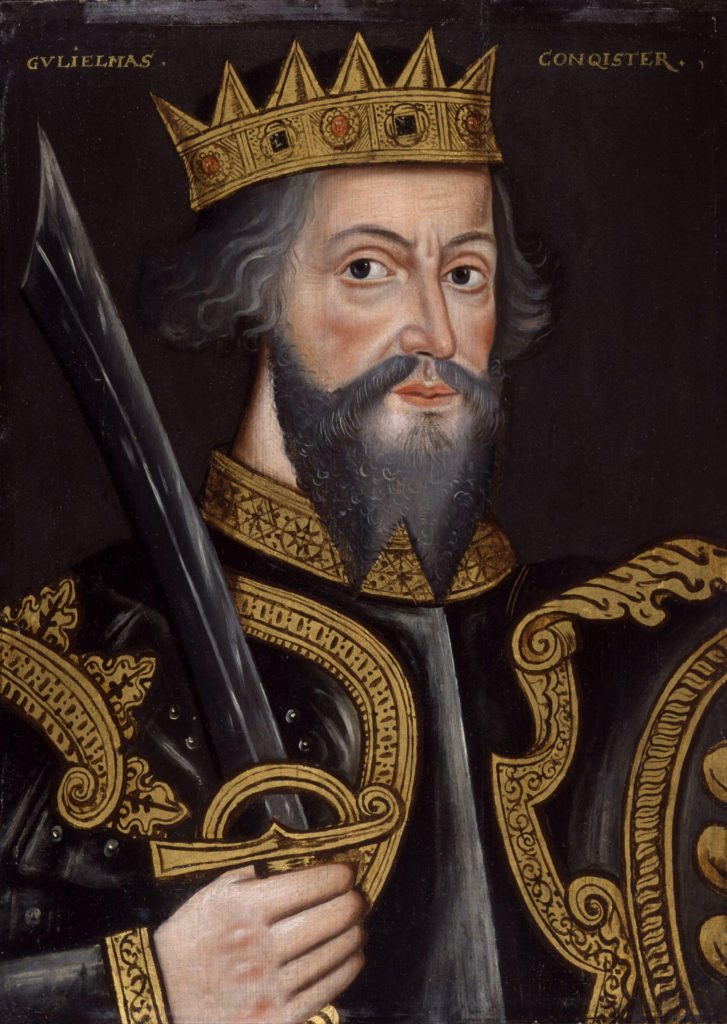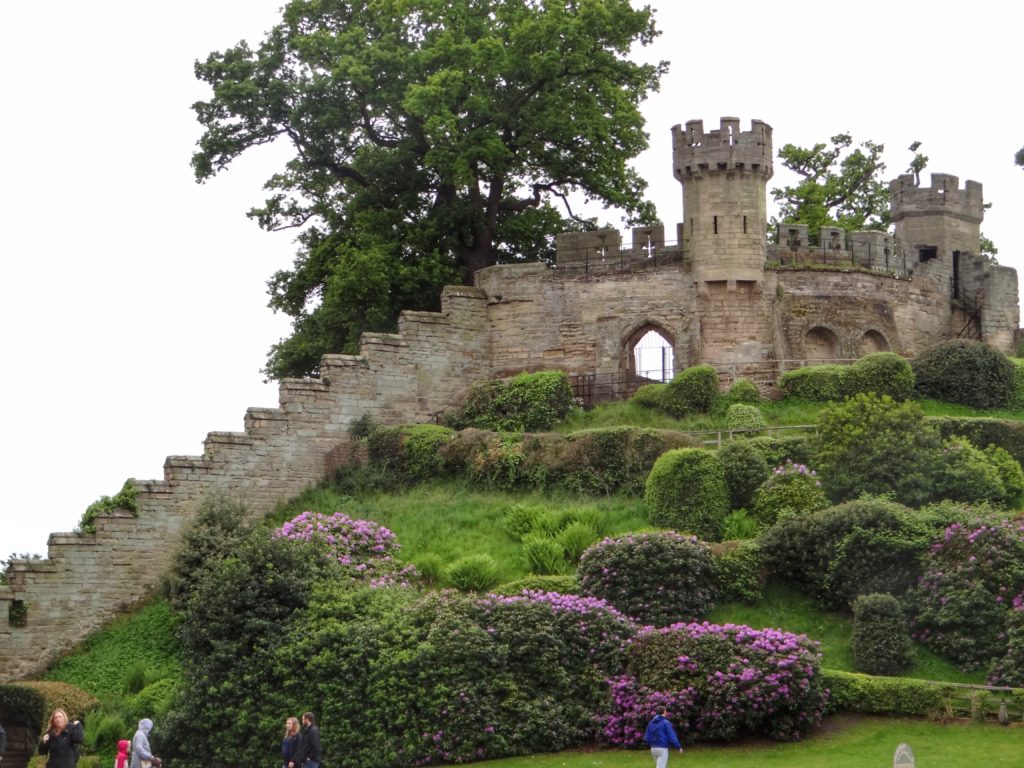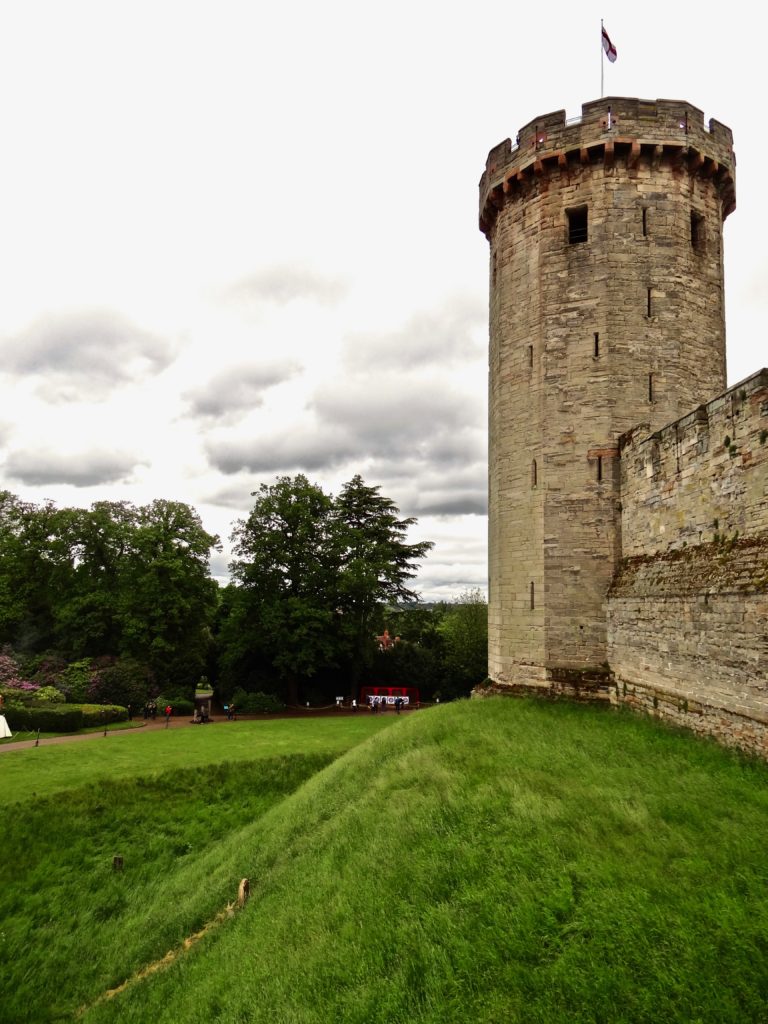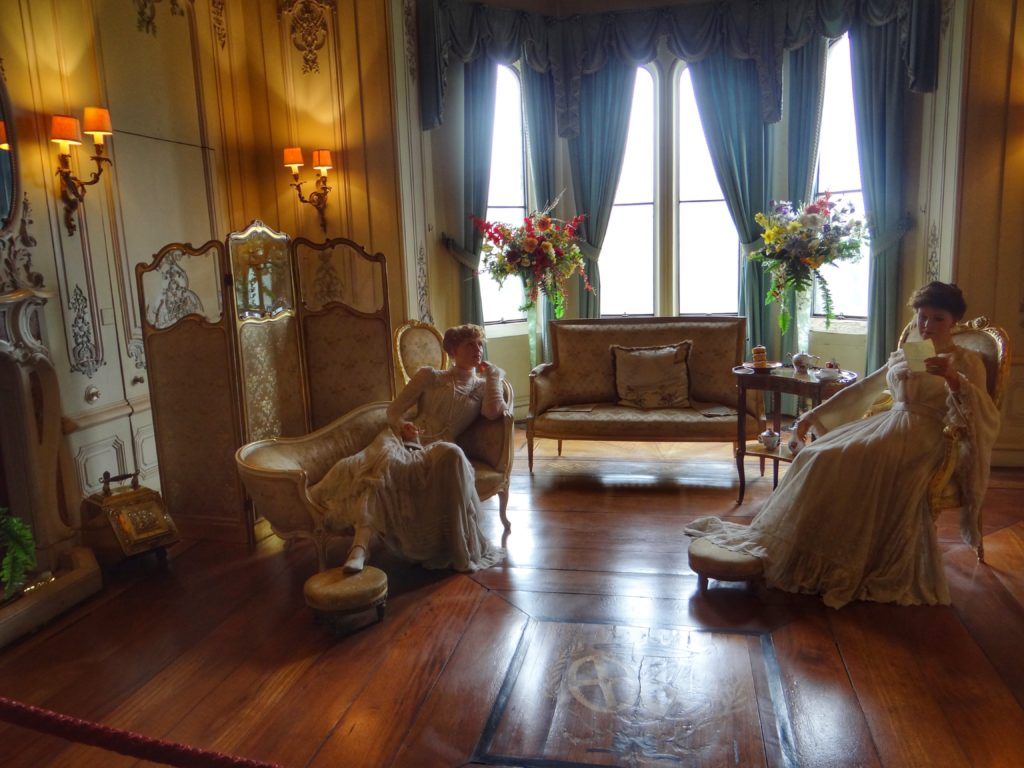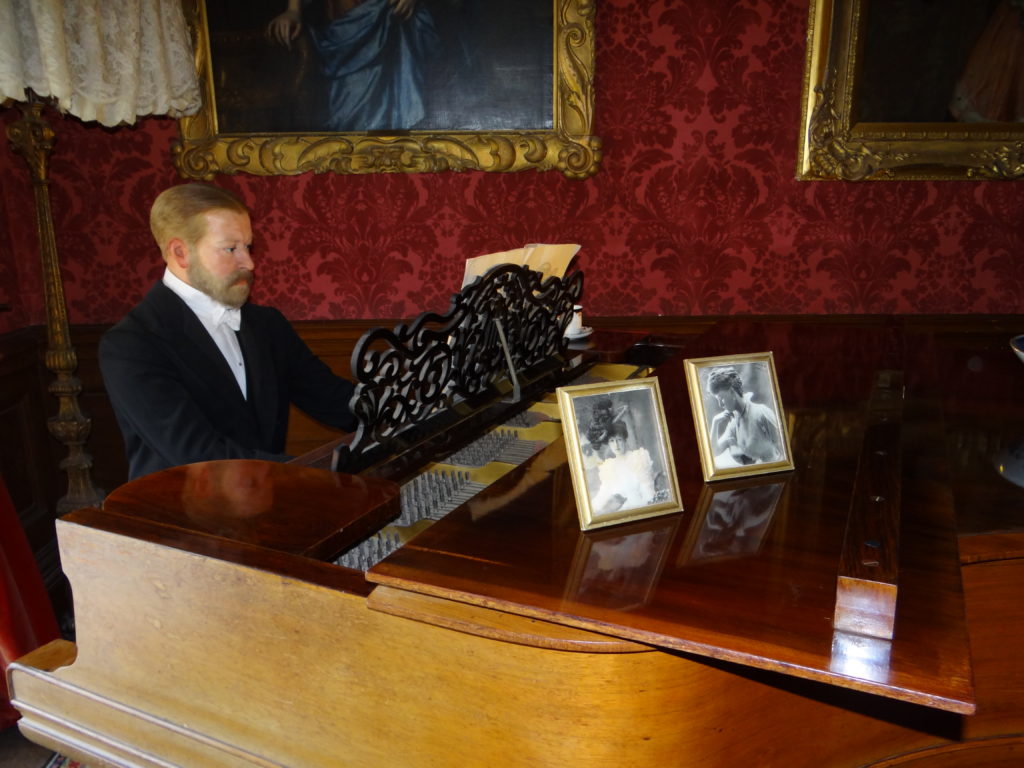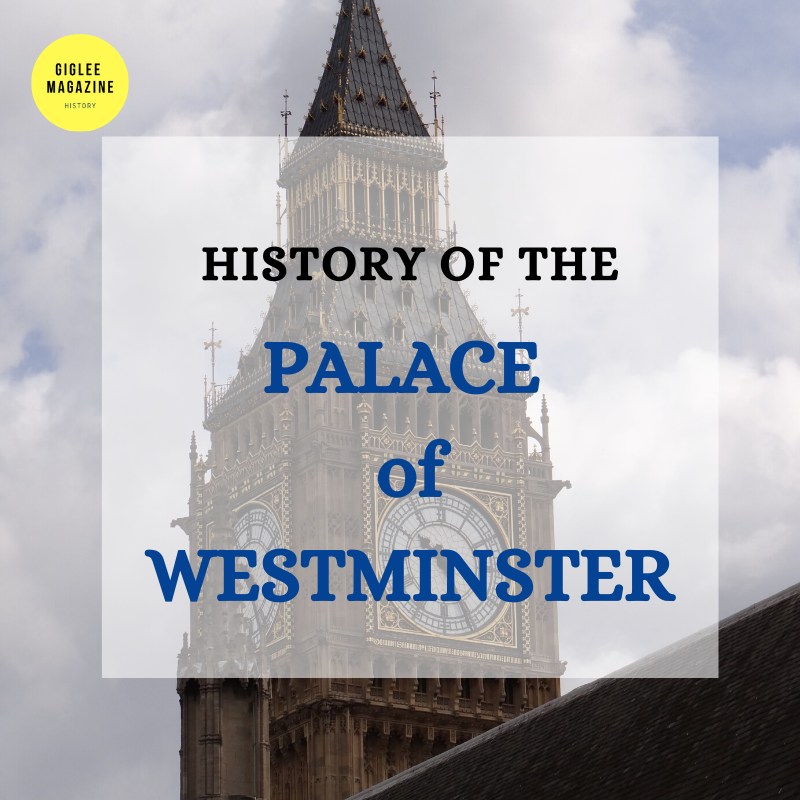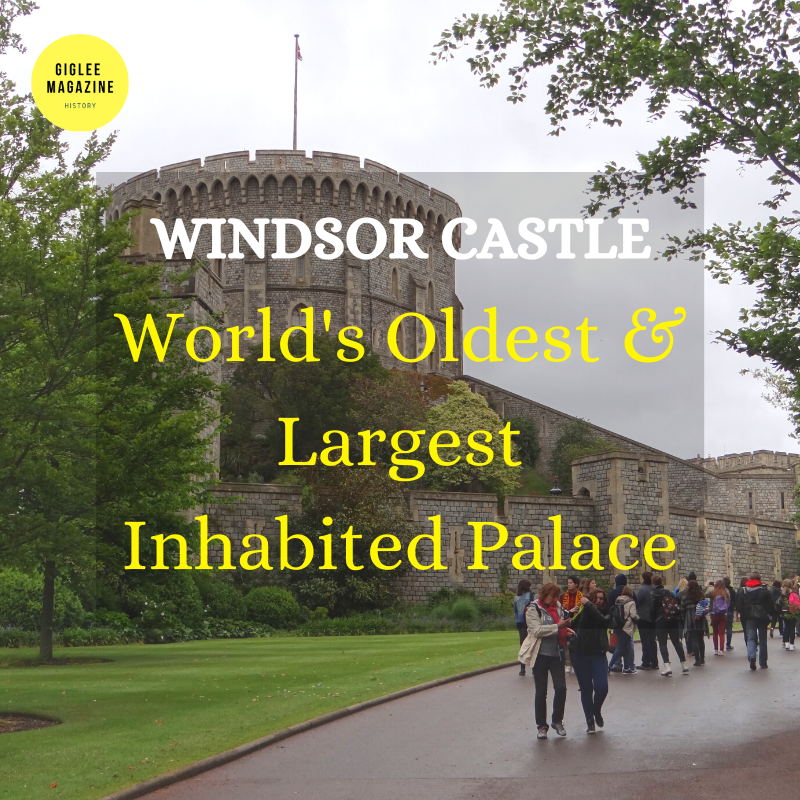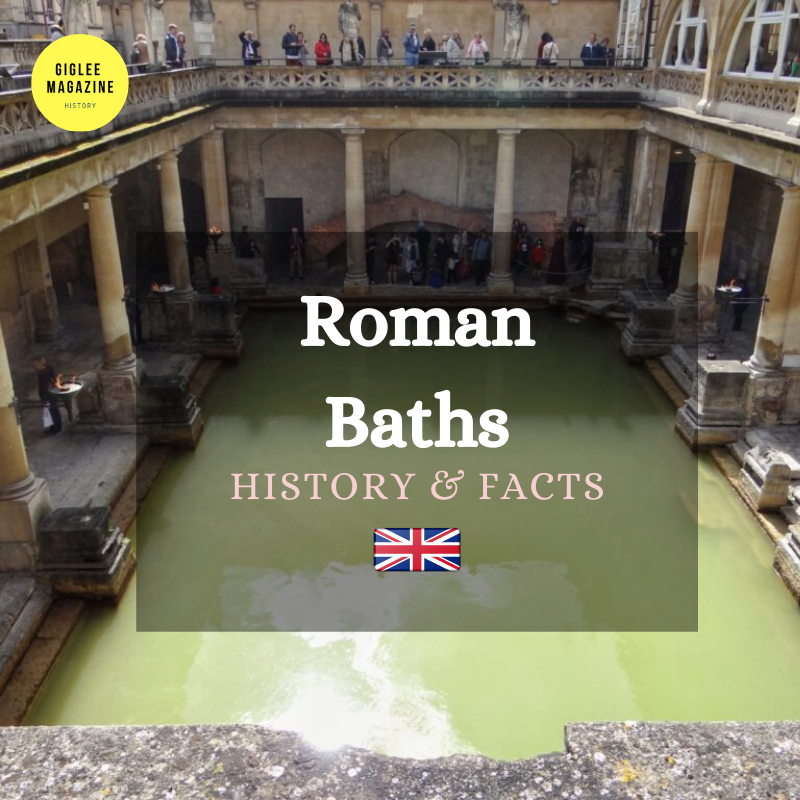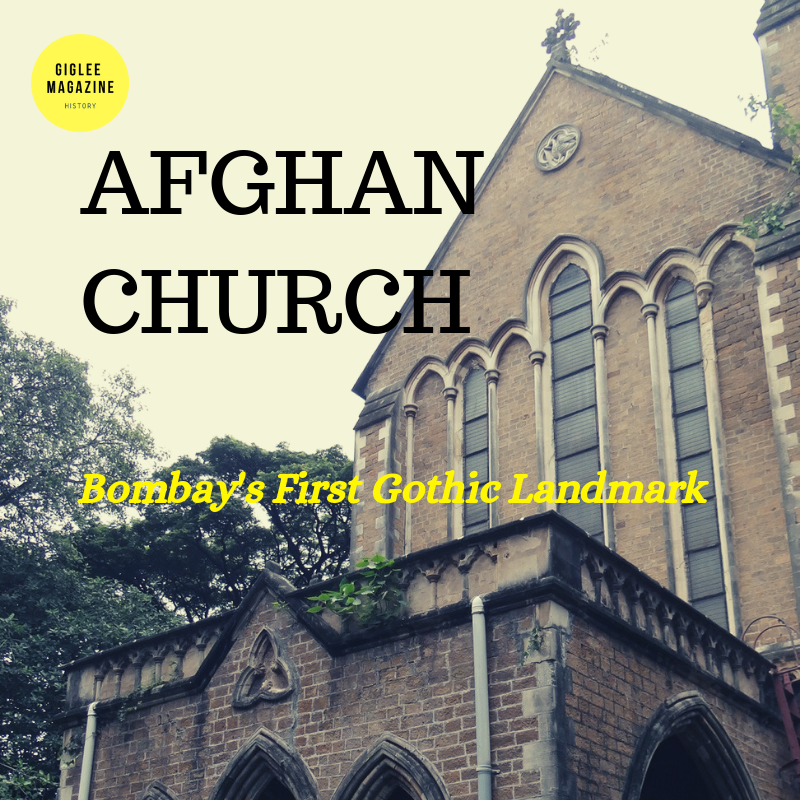
Back to Medieval England: the Warwick Castle
Explore the tales of the 1000 year old Warwick castle, England
Watch This
Listen to this
England has been home to a very classic example of aristocratic living as can be seen via the famous series Downton Abbey. Aristocratic lives continued to be a part of society up until the early 20th century. The lives of people at Downton are obviously more fictional and less hectic than what the reality was. Their lives aren’t any more dramatic than reality though. The British aristocracy had their fair share of scandal and drama, a few of this scandal unfolded at Warwick castle too.
The Castle is a very unique castle that had been a stronghold and later transformed into a manor house.
It has seen prisoners come and go, it has seen Monarchs and then turned into a manor house for the Earls of Warwick after the 1750s.
Each part of this versatile history can be experienced in this castle premises even today. The knights that saved the day in the middle ages, the state bedrooms that hosted members of the Royal Family and the very foundations that began the history of this castle can all be explored here.
Warwick Castle is just a few hours from the city of London. We had taken a day tour from London to Stratford Upon Avon and visited Shakespeare’s Birthplace. This tour also took us to Warwick Castle.
At Warwick Castle everybody found something that held their interest. If you are a friend of nature, or an inquisitive young explorer or like me, a castle and history fanatic, there are different places that’ll interest all types of fans.
There are endless places to explore within the castle premises but before we go on, let me tell you the story behind the 1000 year old castle at Warwick.
History of Warwick Castle
The story of Warwick castle begins all the way back to the ancient times. In 914AD, Alfred the Great’s courageous daughter, Ethelfleda built a ‘burh’ to defend the land against Danish invaders. A ‘burh’ is an earthen rampart that is built on a small hill top.
Warwick’s ‘burh’ was a nascent form of castle that later became a part of William the Conqueror’s plans of building castles all across his kingdom in England. William the Conqueror ruled England from 1066-1087AD. He was the first Norman King of England and also the Duke of Normandy in France. Hence the suffix Norman to his name.
This first Norman castle was a moat and bailey castle built in 1068. Such a castle was characteristic at the time, since if you dig deep into the past of many castles built by William, you’ll find they are all moat and bailey structures.
These structures have a main tower, called Keep, built using wood or stone. This keep is built on a mound and the surrounding courtyard is enclosed using a ditch or a wooden fence. It is obvious why such a structure would not stand the test of time. However the mould that held this keep still survives at Warwick today.
In 1088, William appointed his follower Henry de Beaumont as the first Earl of Warwick. The title of an Earl is indigenous to England, a title introduced by William the Conqueror himself that means ‘chief.’ Across the Channel, a title of an Earl does not exist.
Picture Credits: Wikipedia Commons
Two centuries later, a need was felt for a stronger castle than the moat and bailey structure. In 1260, a stone structure was built in place of the wooden one.
The following century, Thomas de Beaumont, Earl of Warwick spent quite a bit of money to add state of the art technology to Warwick Castle.
In 1350, the Caesar’s Tower along with a sort of a dungeon was constructed. This tower stands tall even today along with its Gaol, that was the gruesome dungeon.
Another tall tower, called the Guy Tower was built in 1395.
Both of these towers served as a vantage point for soldiers to keep a look out for enemies. Today there aren’t any soldiers marching on Warwick Castle just the throng of tourists. These towers continue to give incredible views of the green landscape and the city of Warwick.
Around the 14th century, the new Earl of Warwick, Richard Neville, went on to build a strong Gatehouse and Barbican, both installed at the castle entrance to increase the security within the premises.
After this, England slipped into uncertain times with the Houses of York and Lancaster going into war and Warwick became the centre of English politics. The Earl of Warwick, Richard Neville, played a diplomatic role and deposed not one but two kings giving him the nickname the ‘Kingmaker.’
After his death, the castle passed on to his two daughters, Isobel and Anne. Anne was married to Richard III. Politically this gave Richard a hold over the north of England. Richard, had plans to further fortify the Warwick castle. But they all came to a stop when he lost his crown, pun intended, at Bosworth.
(Richard III died in the Battle of Bosworth, as the last Plantagenet king and was replaced by the Tudors)
Picture Credits: Wikipedia Commons
In 1540 further renovation took place at the castle. They extended the State Rooms, built a new roof for the kitchen and added further security to the southern side.
And with great pomp in 1572, Warwick castle welcomed Queen Elizabeth I. She would in her long life, be in possession of this castle. Unfortunately by the time her reign came to an end, Warwick castle was in a state of neglect. And it had been without an Earl for a few decades now.
Queen Elizabeth’s nephew and successor, James VI and I, gave the castle to Fulke Greville in 1604 and later handed over the title of the Earl of Warwick in 1618 to Lord Rich.
Then continued this awkward combination of Earls of Warwick not having possession of the castle.
The interesting part is that Greville was brutally murdered! His ghost seems to have never left the tower at Warwick where this gruesome incident took place.
By 1750s, Warwick Castle was no longer a stronghold, used during war. It had now become a home for the Greville family who had lived here for 155 years. The family asked King George III for the Earldom and once again united the Castle and the title.
Picture Credits: Wikipedia Commons
The famous landscape designer in Britain during that time, Lancelot ‘Capability’ Brown designed the beautiful gardens. The overall look of these gardens still remains as it might have been.
It was around this time where Warwick Castle became a manor house.
The State Apartments especially the State Dining Room was built in 1763 and indeed played host to Queen Victoria and her husband in 1858.
The garden also got its own conservatory in the 1780s. Warwick was now changing but it hadn’t lost its medieval look or medieval defence systems.
Unfortunately a fire in 1871 damaged the castle especially the Private apartments and the Great Hall.
Since then, these places have been restored and can be enjoyed by tourists. I was lucky enough to do so myself.
The castle is too large to explore within in a few hours, like we had.
Let us then, virtually visit the various items that can help you travel back in time to wars and knights in shining armour.
The Mound at Warwick Castle, England
Let us begin with the oldest part of Warwick Castle, the mound. This mound as I mentioned above, was the very foundation of the Moat and Bailey castle built by William the Conqueror.
The Mound is beautifully clad in colourful flowers and green bushes. It also offers beautiful views of Stratford Upon Avon, the home of William Shakespeare.
Apart from the Mound, the most unmissable structures are the castle towers.
The Castle Towers
In you look at the map, Warwick castle has almost 7 towers. Each of these towers were constructed at different times in history. A few of these are incomplete but they hide some really cool features.
The Guy Tower
The Guy Tower is a nice place to begin. It has a lot of interesting history.
This tower if you look closely has something called a double staircase. In the middle of the staircase there are small doors that lead to rooms. These rooms were where the knights lived.
This five storey tower is 39 feet tall and was built in 1395. It has also played host to some prisoners.
The awesome part is that prisoners have left behind their artwork for us to gawk at. The graffiti on the walls bring these prisoners to life. It is a living testament that they were indeed trapped here hoping for freedom. Carved on the tower walls are a few fleur de lis, coat of arms, names and the year in which a particular prisoner was held. Dates stretch from the 14th to the 19th century! Thats so cool!!
The next tower is just as fascinating.
The Caesars Tower
The Caesars Tower is as tall as 10 double decker buses combined! And it is as interesting as the Guy Tower.
The Caesars Tower is also a great example of military architecture that was built under Thomas de Beauchamp’s scheme to increase the security of Warwick castle in the 14th century.
The lower chamber of this tower was home to the Gaol, probably the most unhygienic place in the castle.
The Gaol was a place, or rather a dump built for prisoners. An open drain served as the only sanitation in the place. There was a small window with grills on it that provided little light and oxygen. It was a way for the guard to oversee the prisoners inside. Imagine what a horrid place the gaol must be!
The Other Towers
Apart from this, two other smaller towers called Clarence Tower and Bear Tower also have interesting stories to tell.
These towers were the brainchild of Richard III. Built to be as tall as 39 feet, they were left incomplete when Richard died.
The Clarence tower might have been the place where extra stores were kept in case of siege when essentials ran out. Thus this tower is also referred to as the Royal keep.
And of course, Clarence tower is named after Richard’s brother Clarence who was murdered by Richard himself.
The Bear Tower is fascinating because it was literally where bears were kept!! There is evidence to prove this.
The Gardens around Warwick Castle, England
The Gardens are Warwick are beautiful.
They were first designed in 1576 when Queen Elizabeth I visited.
In the 17th century, these gardens were razed down to make place for castle defences.
Finally in 1750, Capability Brown designed a landscape that continues to influence the gardens today.
The conservatory is another structure that fits in so well with the gardens and of course the regal 20 peacocks and peahens that live on the castle grounds. This conservatory was built by a local man called William Eborall.
The Madame Tussauds company who own Warwick castle, have arranged for several exciting activities on the castle grounds. There are live jousting events, mock fights between medieval knights, knights using crossbows and of course the best siege fighting equipment, the Trebuchet live in action.
The Trebuchet
This Trebuchet was designed in Denmark based on drawings made in the 13th century and then built in Wiltshire with assistance from Denmark in 1989. Seeing it in action is a treat.
In the middle ages, a Trebuchet would be used to hurl projectiles sometimes even garbage and animals, on the enemy. Pigs, they say, were preferred. But those were the middle ages where such barbarous acts were common place, today they don’t use animals or garbage.
The River Avon which flows beside the castle has been regulated by a water mill since the 12th century. An earlier mill was abandoned in the 14th century and rebuilt in the place where it is today. After the fire in 1880, they converted this water mill into a hydro-electricity power station that provided electricity for the entire castle till a main line was established in 1940. It was one of the first places to run on hydro-electricity in Britain.
The mill fits in perfectly with the stunning scenery that is a part of the castle grounds.
With such beautiful landscape, the interiors are no different. They bring the aristocratic lives into reality.
Interiors of the Warwick Castle, England
The State Rooms have been decked up as they were in the 19th century. The advent of photography from that time has helped them to place every single artefact as it might have been at that time.
Wax figures, a trademark of Madame Tussauds, narrate stories that unfolded here. You can meet the Prince of Wales, later Edward VII along with a very young Winston Churchill.
It was fun to watch how ladies and gentlemen lived, dressed, interacted with each other and this contrast to the servants whose lives were filled with worked.
The Drawing Rooms and Queen Anne’s Room
There are three drawing rooms namely the Red Drawing Room, the Green Drawing Room and the Cedar Drawing Room each named after the colour or design it has.
Queen Anne’s room is named after the bed that stands in this room. This bed was transported from Windsor Castle for Queen Anne when she had planned to visit in 1704. This visit never took place and her bed remained in Warwick castle.
Ultimately George III officially gifted it to the Earl of Warwick in 1773.
The Chapel in Warwick Castle, England
The Chapel stands on a previous one that existed here in 1119.
This current chapel was commissioned by Sir Fulke Greville in the 17th century and continued to be a place of worship for the Earls of Warwick till the 20th century.
State Rooms in Warwick Castle, England
The State Dining Room has seen the likes of Queen Victoria and has beautiful cream and gilded gold decor. The red curtains accentuate this room.
The State Apartments have also changed over the centuries by every new owner adding their own mark to it.
If you are a fan of the French monarchy or Marie Antoinette specifically, there is a clock that belonged to the Queen of France and hung at the Palace of Versailles. This clock was sold after the execution of the young Queen. It was purchased by George Greville, 4th Earl of Warwick, in Paris as records suggest somewhere in the 1870s.
Apart from these historic aspects, there are many more fun things to do and see at the castle. They have seasonal fun activities that come and go each year. The Time Tower is a place that tells the story of Warwick castle using graphics, lights and technology.
All in all, my visit to Warwick castle was a peek into Britain’s medieval past and a glimpse into aristocratic Britain.
Have you been to Warwick castle, England? Comment your thoughts below.
If you liked the article ‘Warwick Castle, England’ you might also like to read
Visiting Shakespeare’s Birthplace in Stratford Upon Avon
Fascinating Things About Stonehenge
NOTE: The Bibliography for this post is missing. Please help us credit the sources that deserve it. If you believe your work, or a work you know of needs to be cited here, please write to editor@giglee.in to inform us. DISCLAIMER: The intention of this article is not to hurt anyone's sentiments. The thoughts expressed in the article are purely those stated by the author of the work. The information provided on this website may not be complete, reliable, accurate and/or updated. The details you share with the website will not be shared or sold. We are not liable if in case of theft, your data is stolen. The content on this website is provided without any warranties whether express or implied. If you have a doubt, query or complaint please write to editor@giglee.in and we shall respond as soon as possible.




